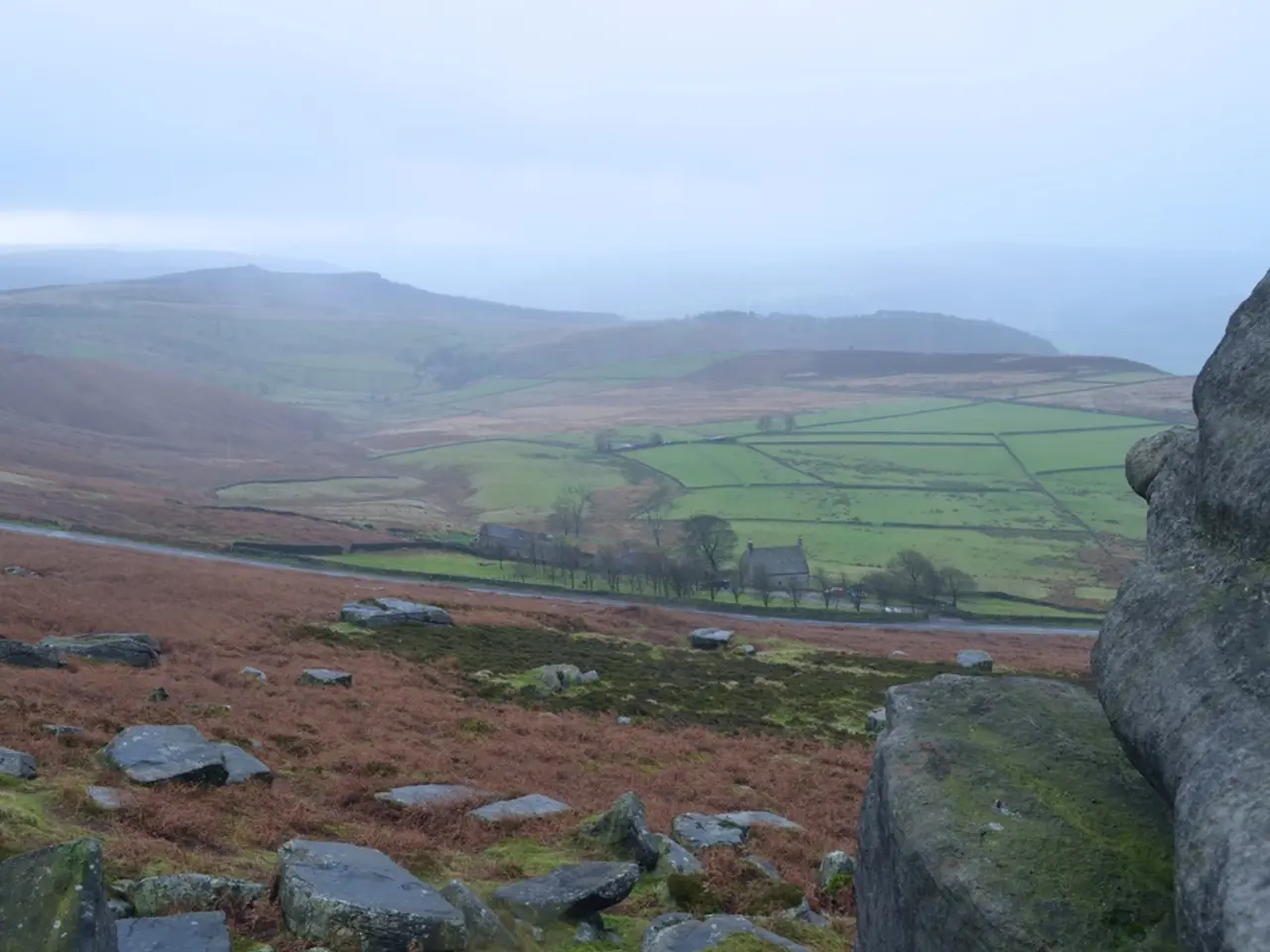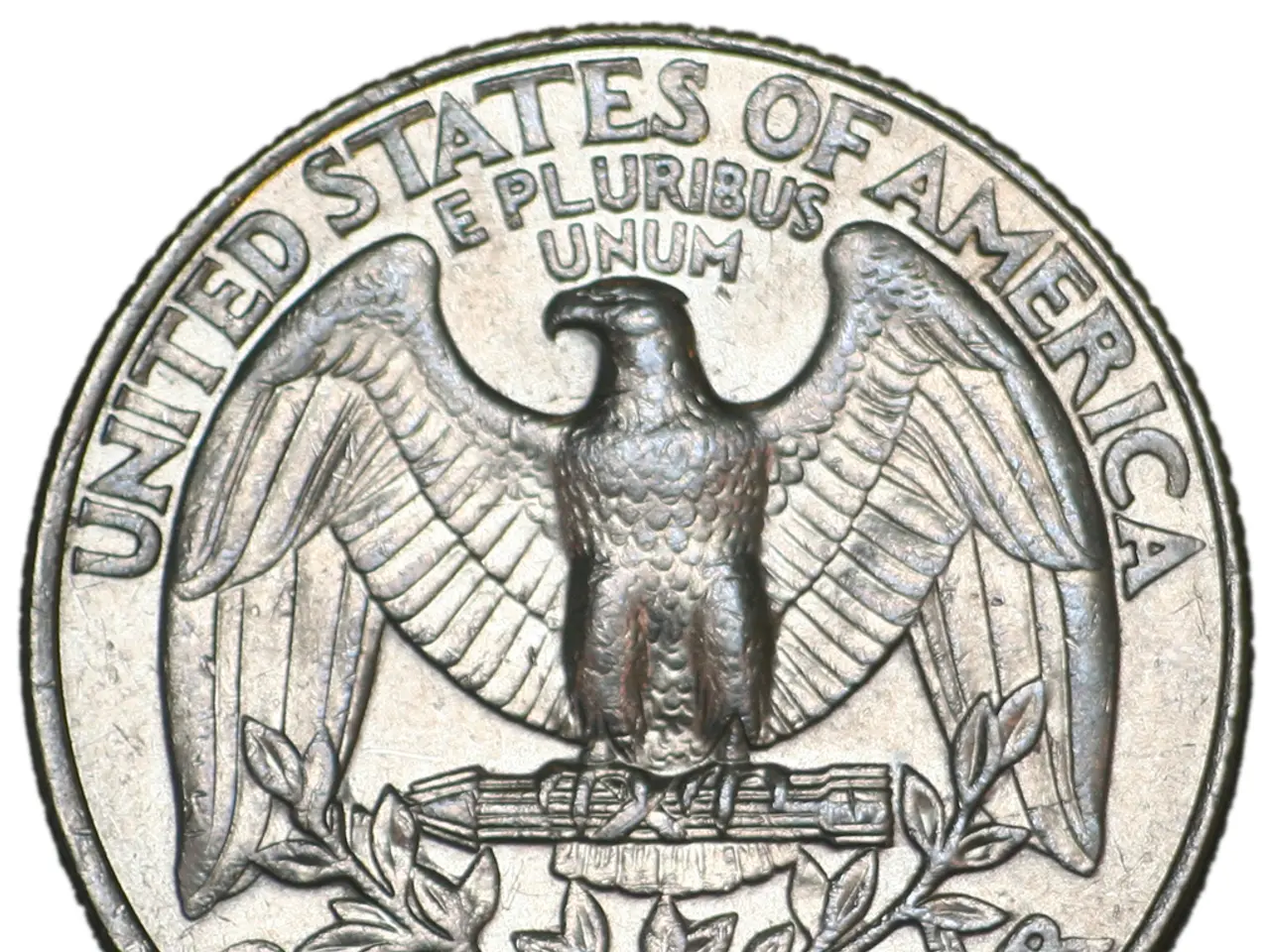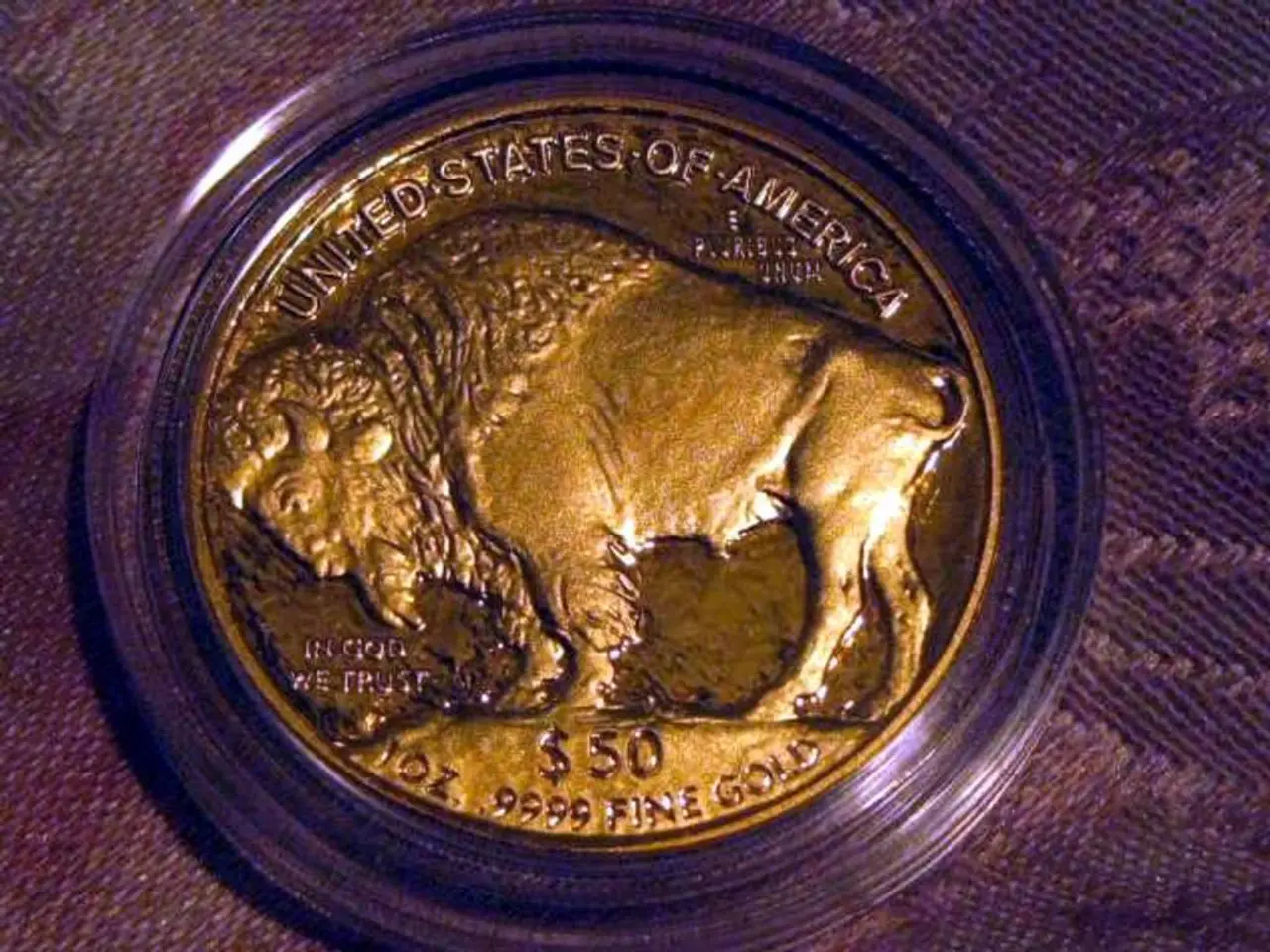Information on Mont Ventoux: A comprehensive guide to the 'bald mountain', a renowned landmark that features in the Tour de France cycling race.
Nestled in the region of Provence in southeast France, Mont Ventoux stands as a formidable challenge for cyclists participating in the Tour de France. Located roughly 30km northeast of Carpentras and 20km northwest of Vaison-la-Romaine, this iconic climb has left a lasting impression on the sport and its riders.
A Rich History of Challenges and Triumphs
The first time Mont Ventoux made its appearance in the Tour de France was in 1951, when Lucien Lazarides crested the top via the route from Malaucène. The climb left its first lasting mark on the race in 1955, when Louison Bobet powered clear and secured a six-minute victory, a testament to the climb's relentless nature.
In 1952, Jean Robic tackled the Bédoin climb on his way to stage victory down in Avignon, and Eddy Merckx powered past a monument erected in Simpson's honor on his way to victory at the summit in 1970. However, the climb is perhaps best known for the tragic event that occurred in 1967, when British rider Tom Simpson collapsed twice and died on Mont Ventoux's upper slopes, due to amphetamines found in his jersey pockets.
A Unique and Punishing Climb
With a length of 21.5km, an average gradient of 7.4%, and no switchbacks, Mont Ventoux presents a steady, unforgiving ascent. The climb features almost no relief, and has extended sections with double-digit gradients. Above the forest line, the barren limestone summit is exposed to extreme wind, especially the mistral, which can gust over 90 km/h, adding a brutal element rarely felt on other climbs.
The final three kilometers of the ascent push every last ounce of energy out of the rider, jumping from 8.3% up to 10%. The first five kilometers can be considered a gentle warm-up, not exceeding an average gradient above 6%.
A Pilgrimage Site for Cyclists
Mont Ventoux is steeped in cycling mythology, partly through tragic events like Tom Simpson’s collapse and dramatic contemporary performances. This tragic and heroic history adds to its mythic status, making it a pilgrimage site for cyclists. Riders often face severe heat on race days, compounding the suffering and difficulty, as Thomas de Gendt recounted having heatstroke while climbing it twice in 2021.
A Distinctive Landmark in the Tour de France
The climb's isolated position separates it from the French Alps, and aside from Alpe d'Huez, Mont Ventoux is approximately 120km southwest of another iconic Tour de France climb. The most well-pedalled route to the summit rises 1,610m for 21.5km with an average gradient of 7.43%.
Mont Ventoux has left a significant impact on many riders' careers, due to its harsh, otherworldly setting and mythical nature. The 2025 Tour de France will feature Mont Ventoux, the 'Giant of Provence', for the 19th time, ensuring its continued place in Tour de France history and cycling culture.
Chris Froome, for instance, had to overcome a collision with a TV motorbike amidst fan chaos during the 2016 Tour de France, resulting in one of the most iconic images in recent Tour history.
In conclusion, Mont Ventoux's iconic reputation comes from the total experience it offers: a long, relentless gradient with no respite, severe weather challenges—especially the wind—its striking and symbolic barren summit visible from afar, and the deep place it holds in Tour de France history and cycling culture.
- The brutal nature of Mont Ventoux, with its prolonged gradient and exposure to extreme wind, has left a significant impact on numerous career trajectories in the world of sports, particularly cycling.
- The barren limestone summit of Mont Ventoux, standing as a symbol of relentless determination and heroism, draws cyclists from around the globe, making it a renowned pilgrimage site in the sport of cycling.







